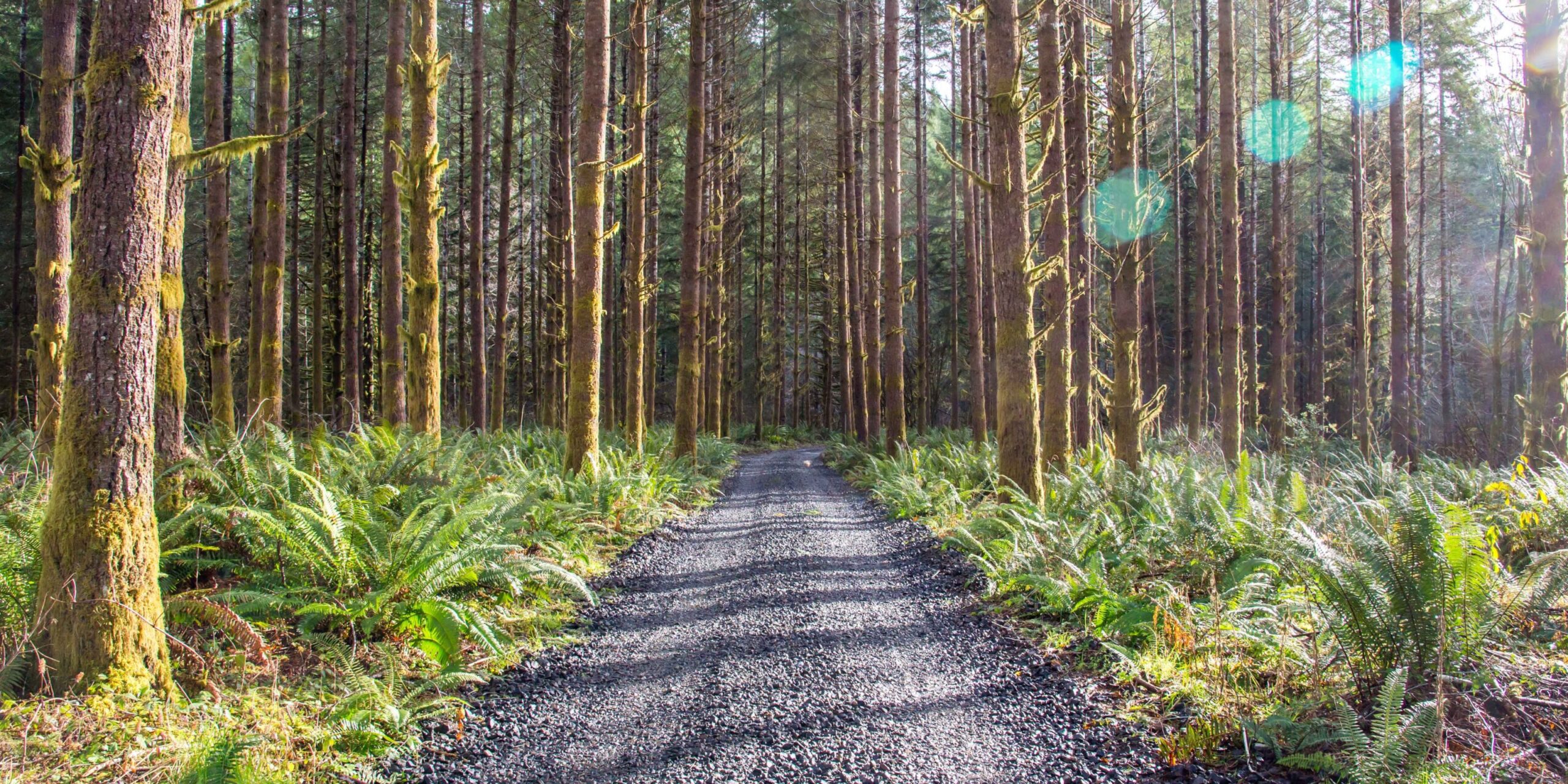
Work. Play. Renew.
Replanting a forest with drones once the fire is out

Many of you know how wildfires can devastate a landscape. Fires leave charred debris in their wake, can wreak havoc on a local water system and create potential for flooding. Now a tech company is working with a Northwest forest management company on a solution. It involves drones, lots of drones.
Using a unique swarm technology, like you may have seen during the 2018 Winter Olympics, DroneSeed has been working with Hancock Forest Management to develop a way of replanting a forest with drones after a wildfire.
First, drones survey the burned area designated for planting and identify suitable sites. Then a group of drones is sent back out, each carrying hoppers full of seeds encapsulated within a product the size of a hockey puck. This medium provides an ideal growing condition for the seed, and even deters deer and elk from eating it. With the mapping data, these drones fly precisely to the suitable location and replant the target area in a matter of minutes depending on the number of acres.
“Hancock Forest Management has been working with DroneSeed over several years to help refine this technology with the hope that it may become a new standard forestry tool for post wildfire reforestation,” said Jacob Thiemens with Hancock.
Their first live drone planting trials are actively working on a portion of the 2018 wildfires that burned some of Hancock’s properties managed out of their Medford office.
This method saves time when replanting a burned forest. Planned reforestation is accomplished with seedlings from a nursery. However, wildfires can’t be anticipated, so seedlings aren’t as readily available. These drones might offer a jump start on competing vegetation by planting seeds immediately instead of waiting at least a year for nurseries to grow seedlings. Drones can also reach more inaccessible terrain.
Privately owned forests are routinely replanted following wildfire. But there’s a lot of debate about how to treat federally owned lands after fire. It matters because wildfires on federal lands accounted for about 70 percent of the total acres burned in Oregon this summer. These drones might offer a solution.
Replanting with drones can rejuvenate burned areas faster than if the forest was left to regenerate on its own and doesn’t take as much time as waiting for seedlings to grow in a nursery. Drone technology allows foresters to optimize the location for every individual tree by using mapping. This careful planning of reforestation has the potential to prevent future wildfires of the same intensity.
Another benefit: getting trees back into a forest sooner can help stabilize the soil and prevent the risk of flooding and landslides during rainy seasons.
Also read: Fire and water: The burn is out but our clean water remains under threat
If you’re interested in seeing these drones replant a forest, stay tuned to Oregon Forests Forever for future updates.
First ever FAA-approved swarms for heavy lift over 55 lbs. from DroneSeed on Vimeo.